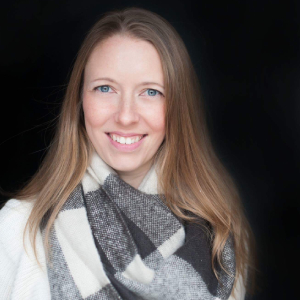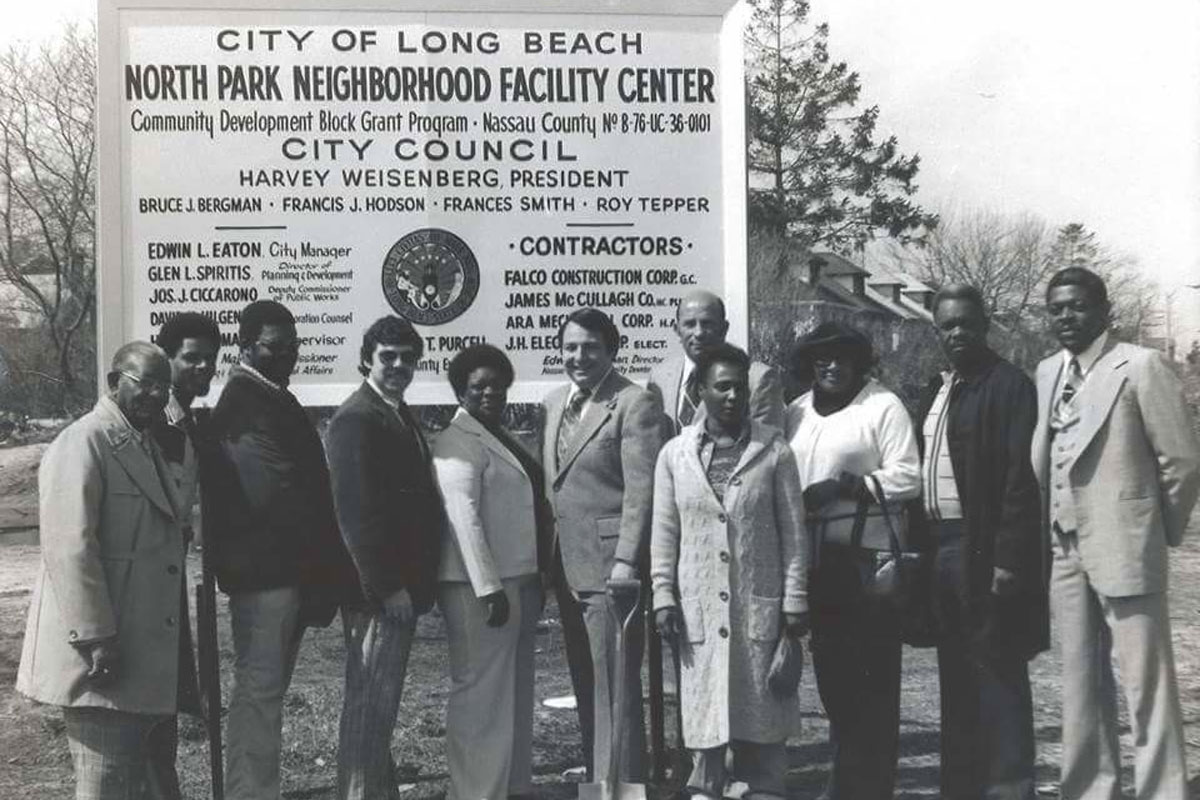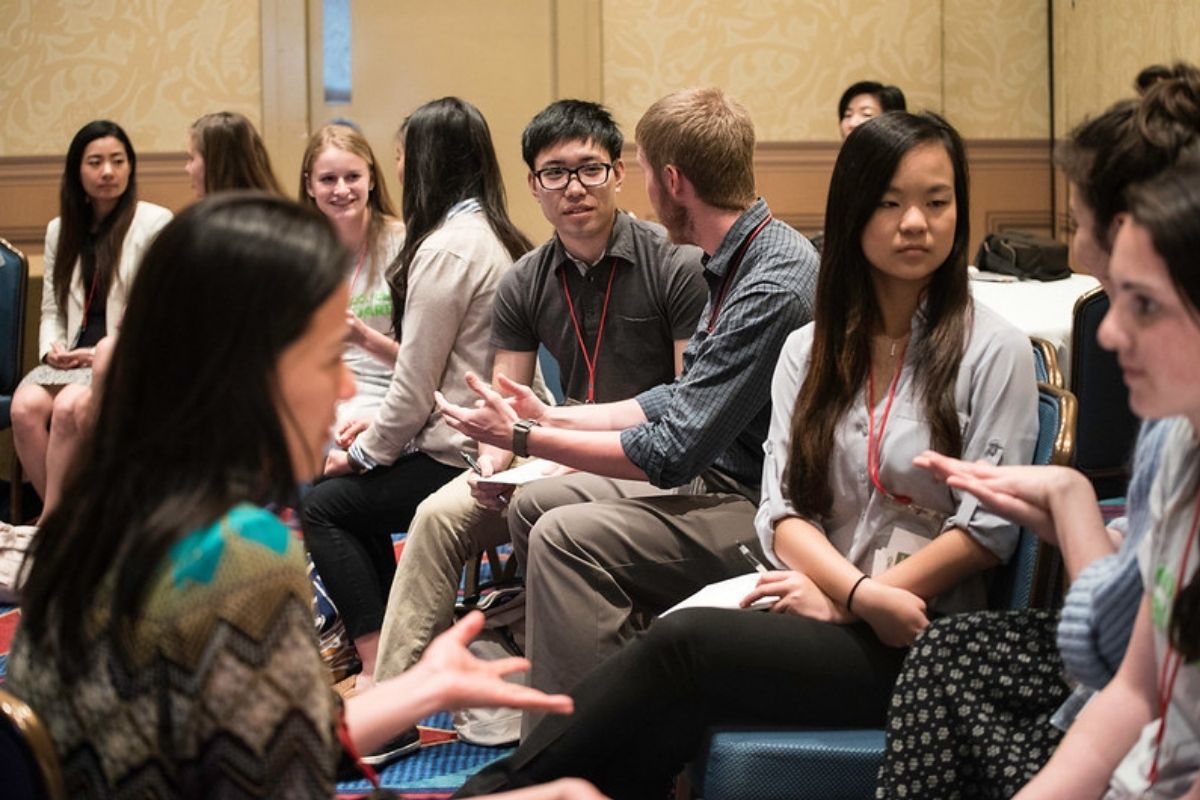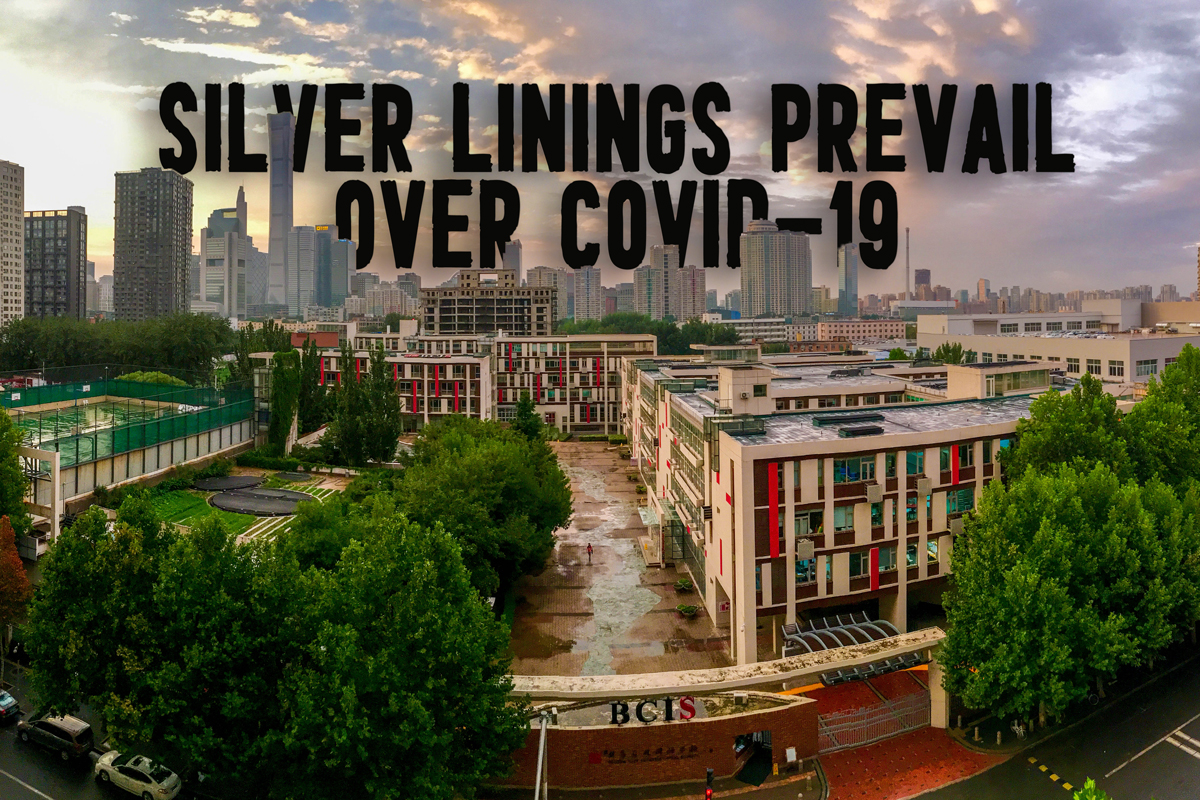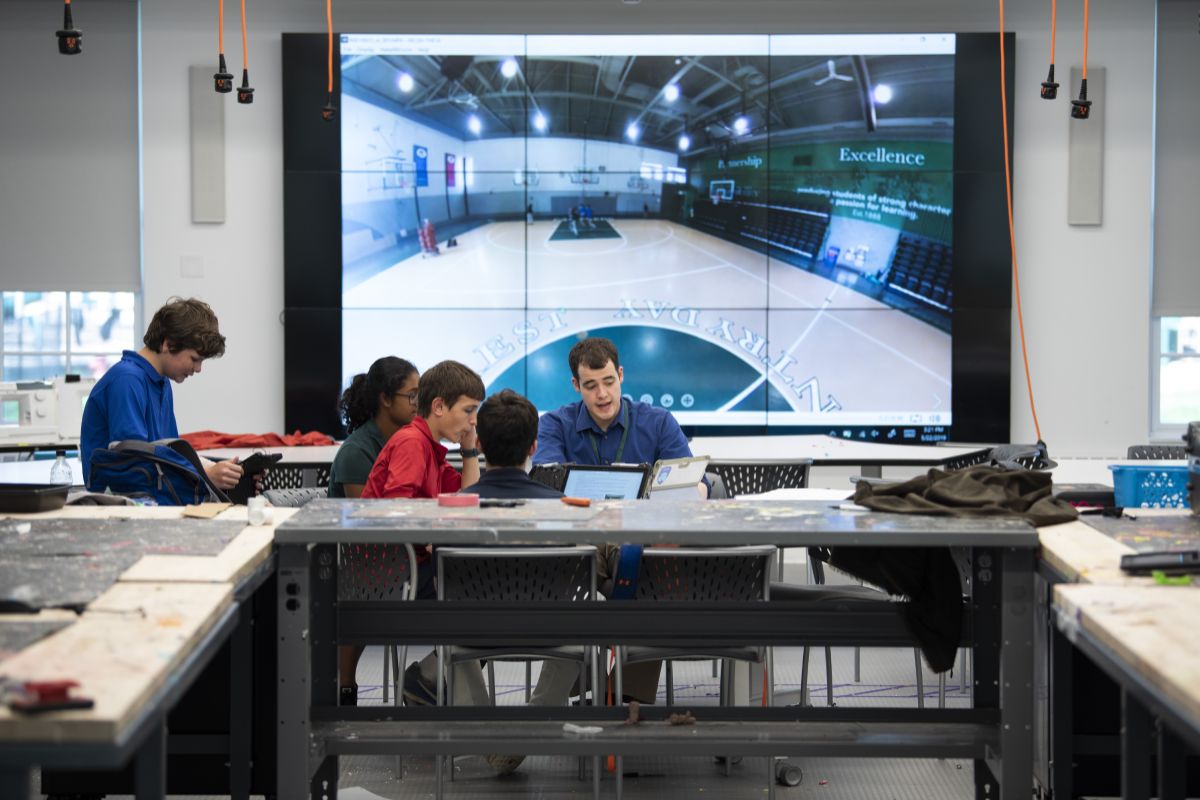Educational Shake-ups: That’s What We Do
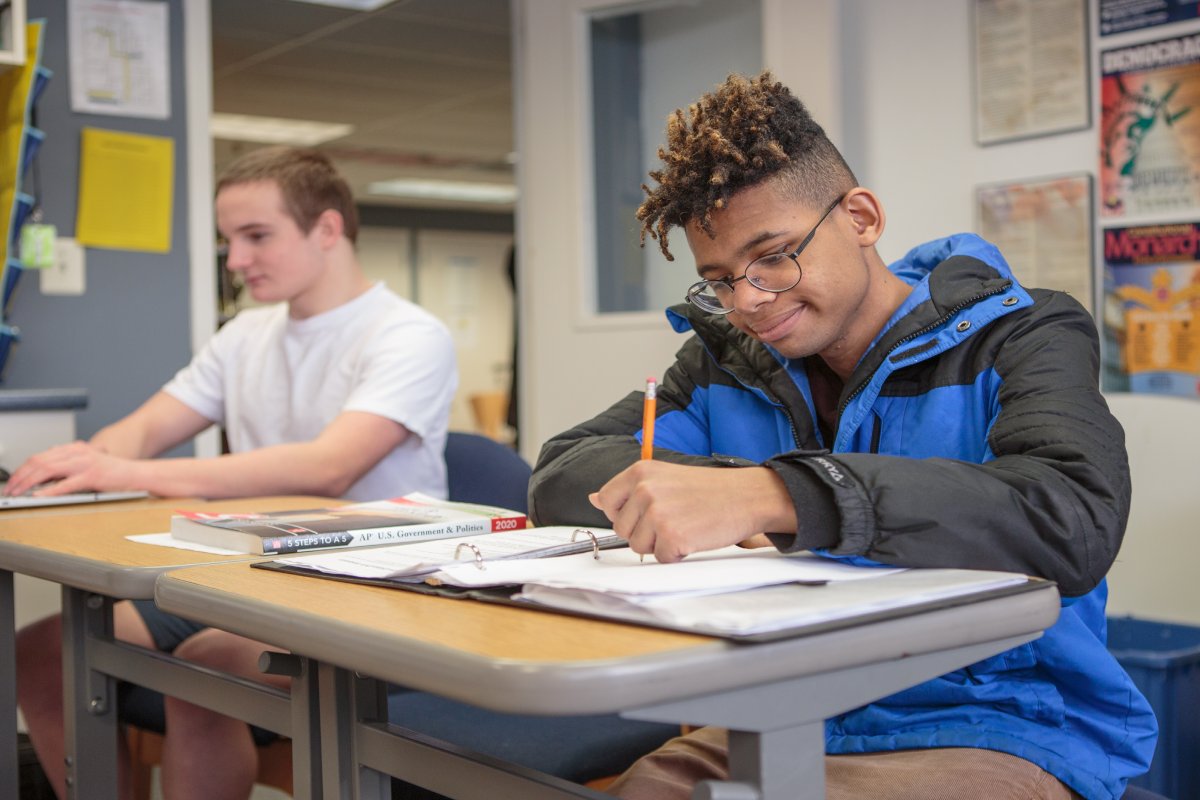
In June of 2020, I stood in the courtyard of my school for the first time in months. I saw just a couple of my colleagues outdoors, behind masks, and two meters apart. We discussed how hard the transition to virtual had been, but as ever-reflective practitioners, we also discussed how education simply could not blaze a trail into the next decade practicing the exact same educational models that had been shaping schools since the industrial revolution. A savvy group of teachers all agreed that in this digital age, we would be fools to follow the same models. We discussed how we need to ramp up our incorporation of technology but there had to be a balance. We couldn’t just leave children to their own electronic devices. We needed an educational shake-up.
In June of 2021, I was reeling from what educators are referring to as “the most difficult school year they’ve ever had,” if they’re being polite. Education had been shaken, without a doubt. As a 13-year veteran of education, I was shaken too. I began to have nostalgia for my “home school”, which is how I lovingly refer to GW Community School in Springfield, Virginia. I taught at GWCS for 5 years during some very important years in my development as an educator. A small, independent high school in northern Virginia, they continue to provide exemplary and innovative education by staying true to their original vision: considering what is best for the children first.
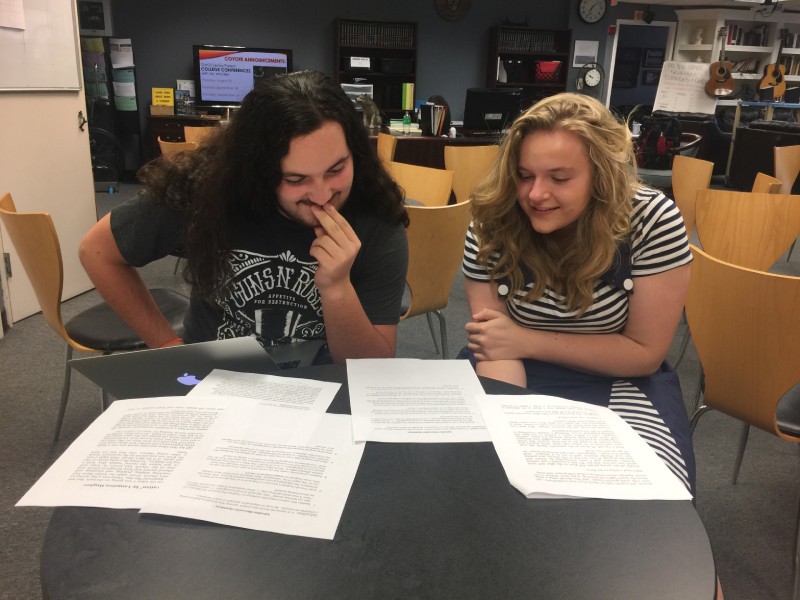
GW Community School isn’t the average high school. GWCS did whole-child education before it was a buzzword and has remained true to its ethos of providing individualized education to students while also preparing them for the present and future. This guide of consistently doing what is best for students should be a driving force for any school, but it is all too often (unintentionally) skirted to make way for test scores, protocols, and crisis management, especially in 2020. GWCS comes back to what is best for its students time and time again, and as a result, they have a program that is truly student-centered. From my Covid-shaken state of mind, I became curious how this school had weathered the storm. I reached out to Alexa Warden, GWCS’s principal and co-founder to catch up, reground, and ask about their strategies. She was very pleased to tell me that what they came up with resulted in zero community transmissions of the virus.
“We were able to… I hate the word: pivot.” She says in her signature up-beat attitude. GWCS is a small school, with a maximum of 62 students in the high school. An advantage to the school being small is that the community could quickly evaluate and rework plans. In March of 2020, GWCS went online like many schools. Instead of going into survival mode they returned to their foundations. They are known for their OBX (Out of the Box Experience) lessons that are held on Fridays in the fourth quarter. Usually these are experiential learning field trips that underclassmen take while juniors and seniors attend Real Term internships. In 2020, these looked significantly different. One week, all the students were hand-delivered a package of art supplies and they did a study of Basquiat, ending the day with their own paintings, and another week they worked in mixed age groups on citizen science projects.
It became clear to Warden right away, that spending full days online was not what was in the best interest of this group of students. GW Community School has extraordinary investment in physical and emotional well-being of the student population, so when mask mandates were rolled out, they had masks printed specially to give students the Loki Coyote snout, making every student a mascot. Students were coming back to school, but that meant that they had to look out for everyone’s well-being.
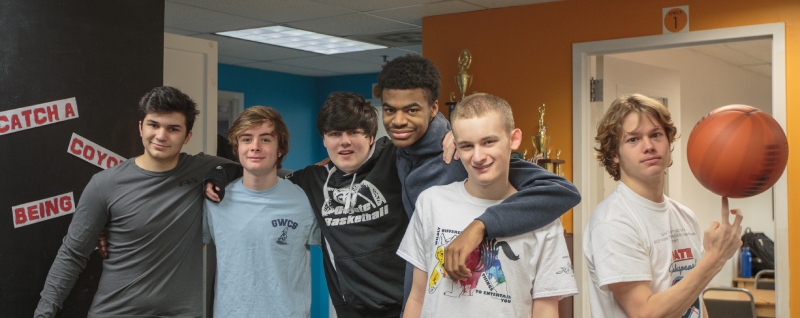
A small school also means small space. GWCS had to use outdoor spaces when available and they needed to teach all the new procedures surrounding use of space, and they expanded the available school space by renting some extra classrooms in the building they’ve called home for 22 years. One student was allowed in the bathroom at a time and the very low-tech solution was to put an orange cone in front of the bathroom when it was in use. Staff noticed a lot of traffic around “cubbies”, or student storage, so they required that students bring backpacks and carry these from class to class. The school community agreed to longer transition times between classes, outdoor breaks, and planning was done in a common area to allow students to spread out and use all available classroom space. Every other week, AP and Honor’s students attended supplemental classes, and students not taking these classes had the day off. This allowed time for staff meetings and teacher planning.
The typically very “homey” feel of lunch time underwent a big change: the community refrigerator and microwaves were off limits to students and staff due to reports that a lot of virus transmissions in schools was happening in these shared spaces. Students who attended school in the building were asked to bring non-perishable lunches. Students were encouraged to eat outdoors when weather permitted, and to make this more appealing students and staff could recommend food trucks for a featured lunch day every other week.
After talking with Warden, I attempted a distillation of what made GWCS such a guide for me as an educator. There are a few pillars that make GWCS so special and served as touchstones during this trying time. In no particular order, these pillars are:
- Community- Not just a part of the acronym – coyotes take community seriously: students participate in community service, but also there is a real feeling that once you’re a coyote, you’re always a coyote. This may be why GWCS has four former students who have become staff members, and why a teacher who left four years ago is writing this article singing their praises. Students come from all over the greater DC area and buy-in is real.
- Acceptance- Students are accepted and celebrated for who they are. This is evident in day-to-day interactions but is most evident in the Real Term internship program and the university counseling process where students are guided to find programs that are the best suited for them as individuals.
- Academics- Every school has them, but not every school provides this level of individualized education. Small classes and creative teaching strategies are key to GWCS’s success.
- Consistently, unapologetically doing what is right for students- No required standardized tests, making exercise and outdoor time a priority, explicitly teaching the soft skills that have become more and more difficult in the screen age are some of the key features that drew me to GWCS as an educator.
- Experiential learning- “Maybe one day they’ll need to do this on a work trip. Everyone needs to know how to kayak,” Co-founder Richard Goldie once told me before my first kayak trip with GWCS, which was also a tour and lesson of the unique ecosystem of the Chesapeake Bay Watershed.
- Passionate and knowledgeable educators- Who are also some of the kindest and most empathetic people I’ve ever had the pleasure of working with.
- Innovation- GW Community School’s innovation is always a function of what will work best for the students. Often, students are messy and unpolished and the innovation necessary to lead them is too. Sometimes this innovation is low-tech. Sometimes it requires community research, and new learning, evaluation, and re-evaluation. All of this is welcomed.
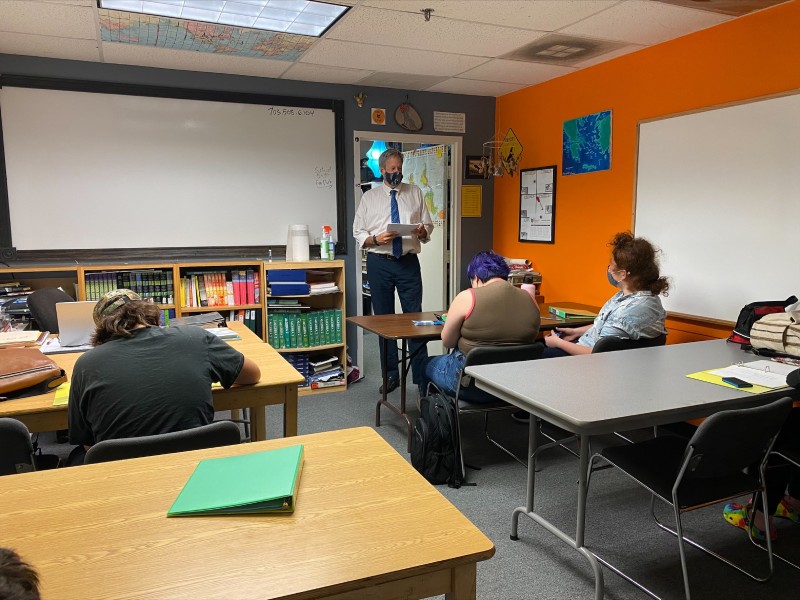
The last and most important pillar is heart. The teachers give their all and though they get tired, they continue to show up (not just physically). Everyone in the community is invested in the GWCS vision because it is shared. Co-founders Richard Goldie and Alexa Warden are invested in a way that is evident to all community members. The feeling of heart isn’t easy to define, but if you come to one of GWCS’s Heritage Feasts (a celebration of the community members’ heritages held on the last day of school before Thanksgiving break) you’ll feel it. Everyone who’s anyone shows up to celebrate. There are often as many or more alumni as there are current students. Entire families come to share their heritage and celebrate with the community and in call and response fashion, when Warden calls out, “It’s the…” the school responds together with a resounding, “Heritage Feast!”

